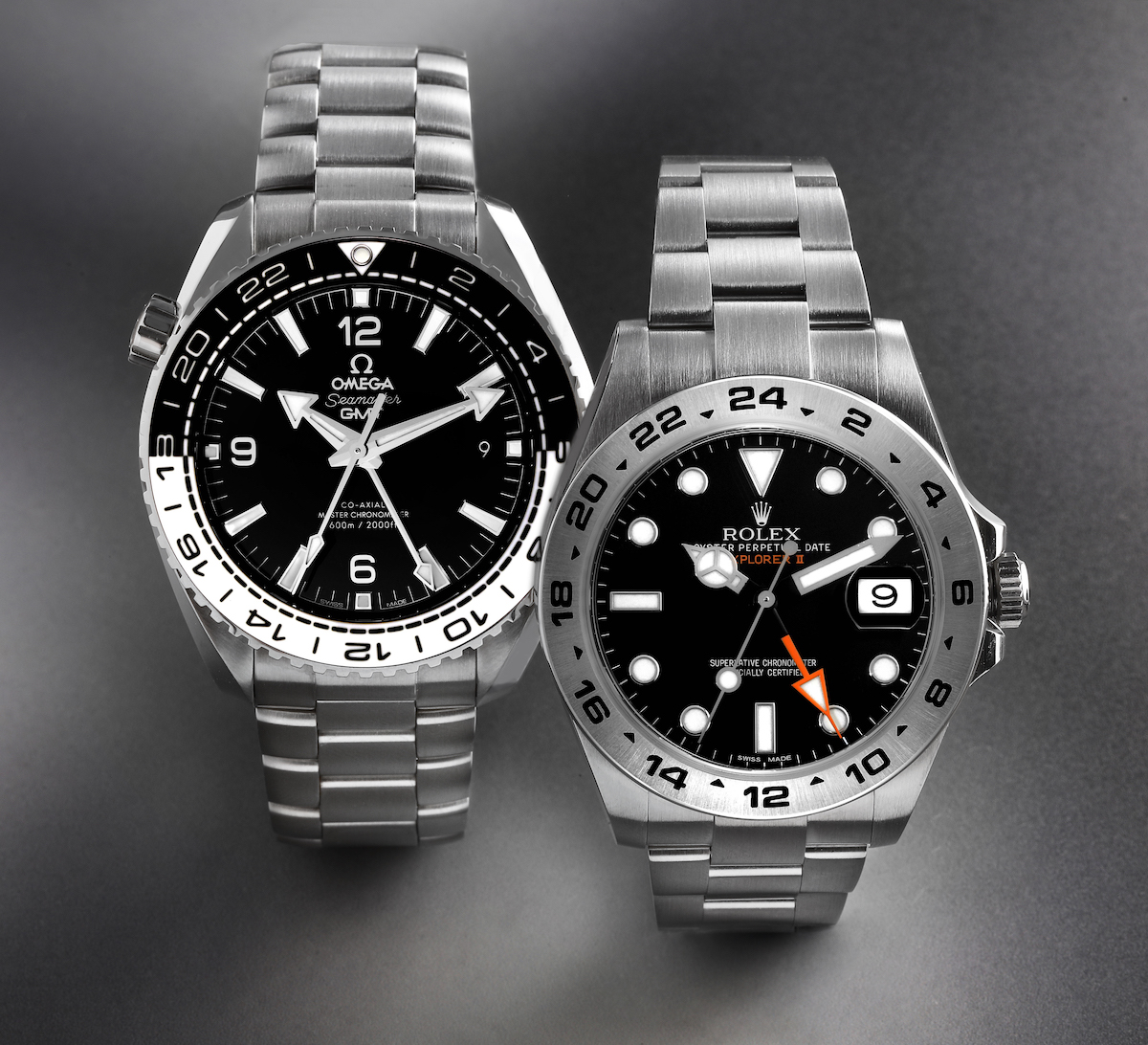When it comes to luxury watches, few names command as much recognition, respect, and admiration as Rolex and Omega. These two iconic brands have established themselves as the epitome of precision, craftsmanship, and status not just in the horology world, but even in the mainstream. Often, when choosing their first watch, new collectors weigh the Rolex vs Omega debate.
With a rich history and a dedication to producing exceptional timepieces, Rolex and Omega have captured the hearts of watch enthusiasts around the globe. From the boardrooms of Wall Street, to the depths of the ocean and even the vastness of space, Rolex and Omega watches have adorned the wrists of accomplished individuals and played integral roles in significant moments in history.
In this article, we will delve into the histories of these legendary brands, explore their popular watch models, weigh their respective pros and cons, and examine factors such as pricing, style, quality, and resale value, to answer the ultimate question: Rolex vs Omega, which brand is right for you?
Whether you are a seasoned watch collector or a novice in the world of luxury timepieces, this exploration of Rolex vs Omega will provide valuable insights into these exceptional watchmakers and assist you in making an informed decision.
<>
Rolex: A Brief History
Rolex has a captivating history that spans over a century. Rolex was founded in 1905 by Hans Wilsdorf and Alfred Davis in London, England. Initially, the company was known as “Wilsdorf & Davis,” and its primary focus was on importing Swiss movements and placing them in high-quality watch cases. Wilsdorf, a visionary entrepreneur, recognized the potential of wristwatches and believed they could become more accurate and reliable than pocket watches.
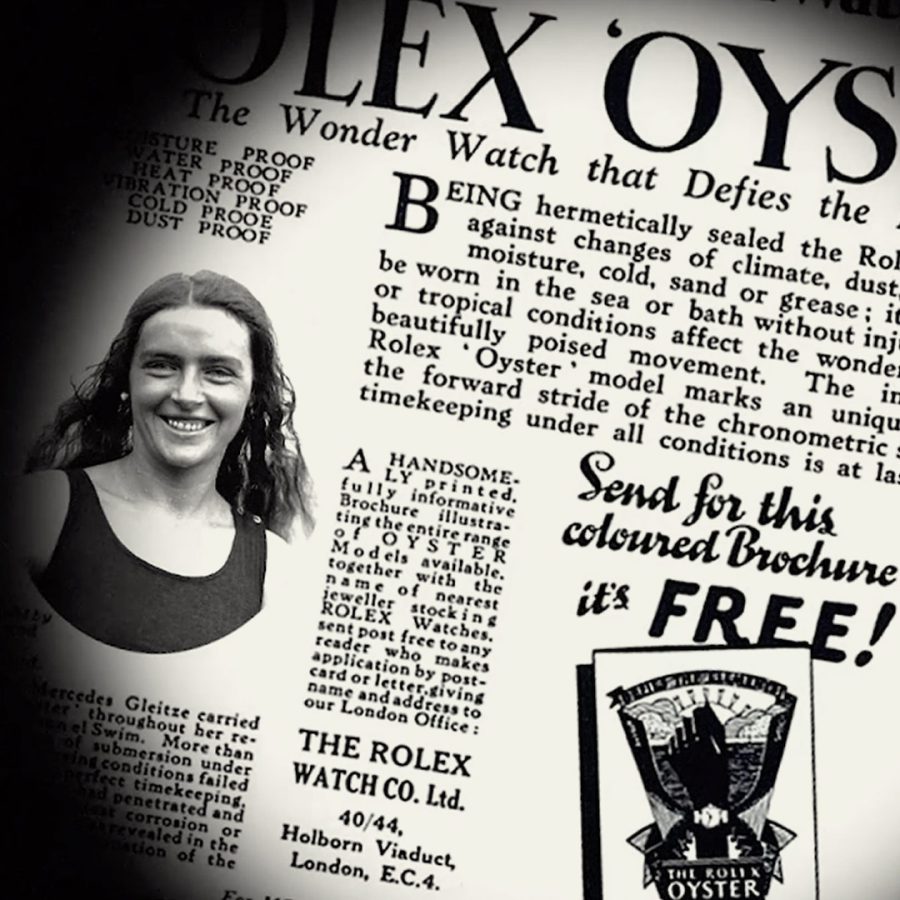
In 1908, Wilsdorf registered the trademark “Rolex” in Switzerland, a name that would later become synonymous with luxury and precision. The exact origin of the name “Rolex” remains somewhat of a mystery, with various theories proposed. Some suggest that the name was chosen for its ease of pronunciation in different languages, while others speculate that it may have been inspired by the phrase “horlogerie exquise” (exquisite watchmaking) or a contraction of “horological excellence.”
Throughout its history, Rolex has been at the forefront of watchmaking innovation. In 1910, Rolex became the first wristwatch to receive the Swiss Certificate of Chronometric Precision, awarded by the Official Watch Rating Centre in Bienne, Switzerland. This marked the beginning of Rolex’s commitment to precision timekeeping, a reputation the brand still upholds today.
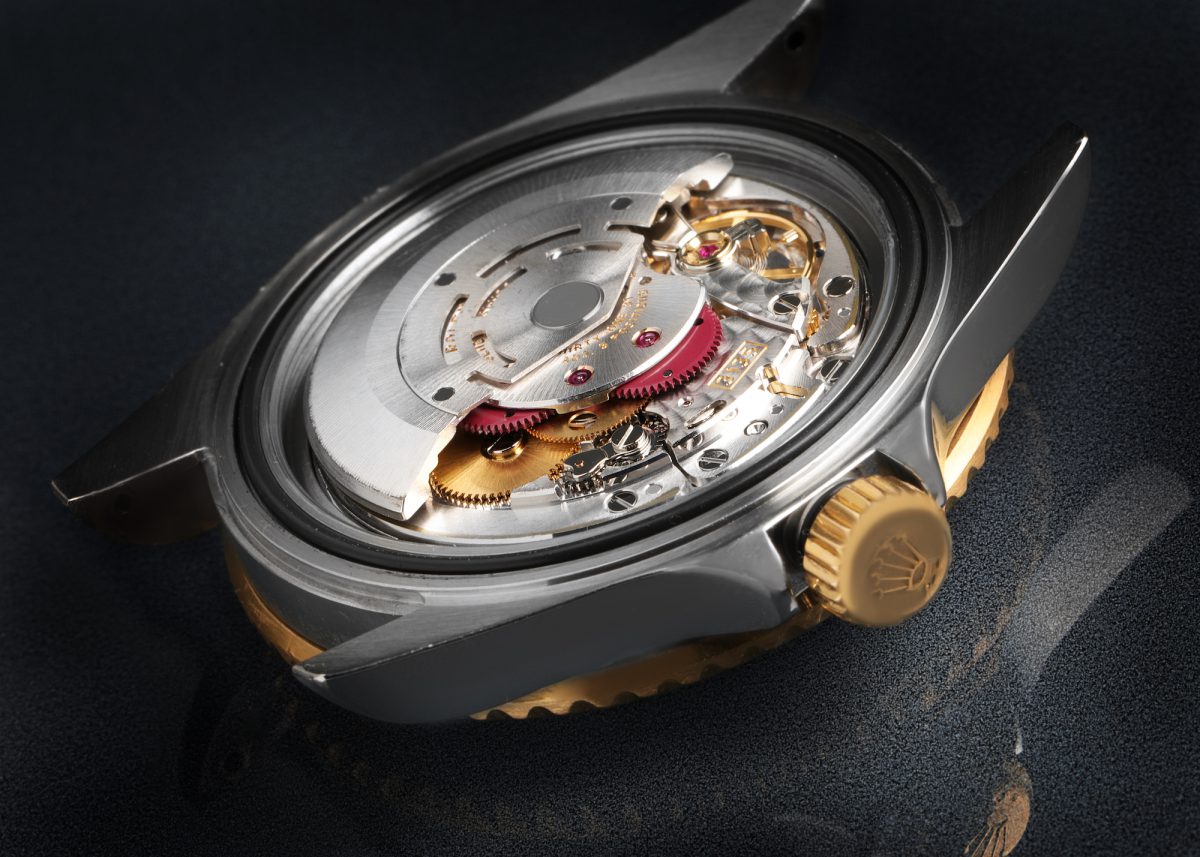
Significant milestones in Rolex’s history:
1905: Hans Wilsdorf and Alfred Davis found the company in London, England
1910: Rolex becomes the first wristwatch in the world to receive the Swiss Certificate of Chronometric Precision
1926: Rolex introduces the groundbreaking Rolex Oyster, the world’s first waterproof wristwatch. This innovation revolutionized the industry by offering a timepiece that could withstand moisture and dust
1931: Rolex develops and patents the Perpetual self-winding mechanism, which uses a rotor to wind the watch automatically as the wearer’s wrist moves
1953: Rolex launches the iconic Rolex Submariner, the first wristwatch designed specifically for diving enthusiasts. It features a rotating bezel, luminescent markers, and exceptional water resistance
1956: Rolex introduces the Rolex Day-Date, the first wristwatch to display the day of the week spelled out in full. It quickly becomes a symbol of prestige and success
1967: Rolex unveils the Sea-Dweller, a professional diving watch capable of withstanding extreme depths with its helium escape valve
1985: Rolex pioneers the use of 904L stainless steel in its watch cases, a highly corrosion-resistant alloy that enhances durability and aesthetics
2012: Rolex introduces the Sky-Dweller, a sophisticated timepiece with dual time zone functionality and an annual calendar
2022: Rolex introduces its first titanium watch, and also its most water-resistant, with 36,000 feet depth rating
<>
Omega: A Brief History
Omega boasts a prestigious history that dates back to 1848, when Louis Brandt established a small workshop in La Chaux-de-Fonds, Switzerland. The brand quickly gained recognition for its precision and quality in pocket watches, setting the foundation for its future success in the watchmaking industry.

In addition to their impressive timekeeping accuracy, Omega watches have played a significant role in various historical events. From being selected as the official timekeeper for the Olympic Games since 1932, to being the preferred choice of NASA astronauts on space missions, Omega has continuously demonstrated its commitment to precision and reliability. With a legacy rooted in pioneering advancements and remarkable achievements, Omega has established itself as a prestigious and highly sought-after Swiss watch brand.
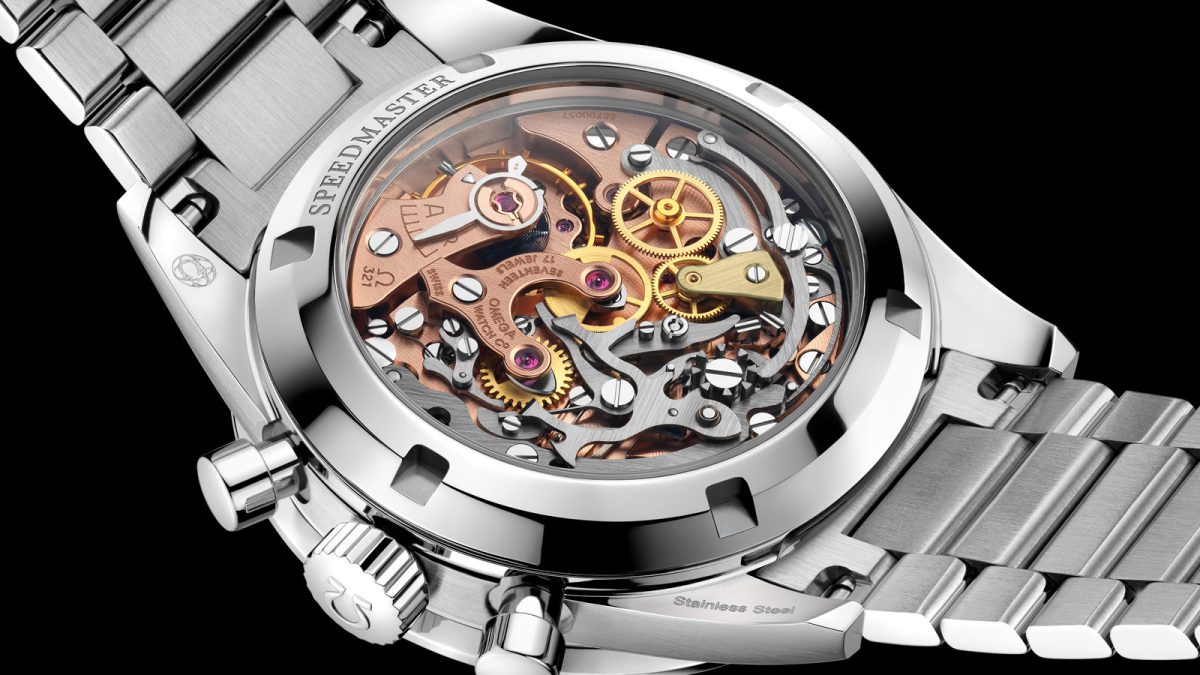
Significant moments in Omega’s history:
1848: Louis Brandt establishes a workshop in La Chaux-de-Fonds, Switzerland, laying the groundwork for what would become Omega.
1894: Omega introduces the 19-ligne calibre, a groundbreaking movement that sets new standards for accuracy and reliability. With this release, the company was renamed: Omega.
1932: Omega is chosen as the official timekeeper for the Olympic Games, beginning a longstanding partnership that continues to this day.
1948: Omega introduces the iconic Seamaster collection, designed for active individuals and water sports enthusiasts.
1957: Omega launches the Speedmaster, a chronograph watch that would go on to become synonymous with space exploration and eventually be chosen by NASA for its manned space missions.
1969: The Omega Speedmaster becomes the first watch worn on the moon during the Apollo 11 mission, solidifying its status as the “Moonwatch.”
1999: Omega introduces the Co-Axial escapement, a revolutionary technology that enhances accuracy and reduces friction within the movement.
2013: The brand unveils the Omega Seamaster Planet Ocean Deep Black, a dive watch crafted from a single block of ceramic, showcasing Omega’s commitment to innovation and cutting-edge materials.
2015: Omega creates the world’s first Master Chronometer-rated watch, the Globemaster. The Master Chronometer certification means that, on top of COSC certification, the watch has undergone eight more tests, including resistance to magnetic fields of 15,000 gauss.
Omega’s legacy in a strong connection to significant historical events as well as high-functioning exquisite timepieces. Its watches have adorned the wrists of explorers, athletes, and influential individuals, cementing Omega’s position as a leading luxury watch brand with a rich heritage.
<>
Popular Rolex Watches
Rolex offers a diverse range of timepieces, each with its own distinctive features and appeal. Here are some of the popular Rolex models:
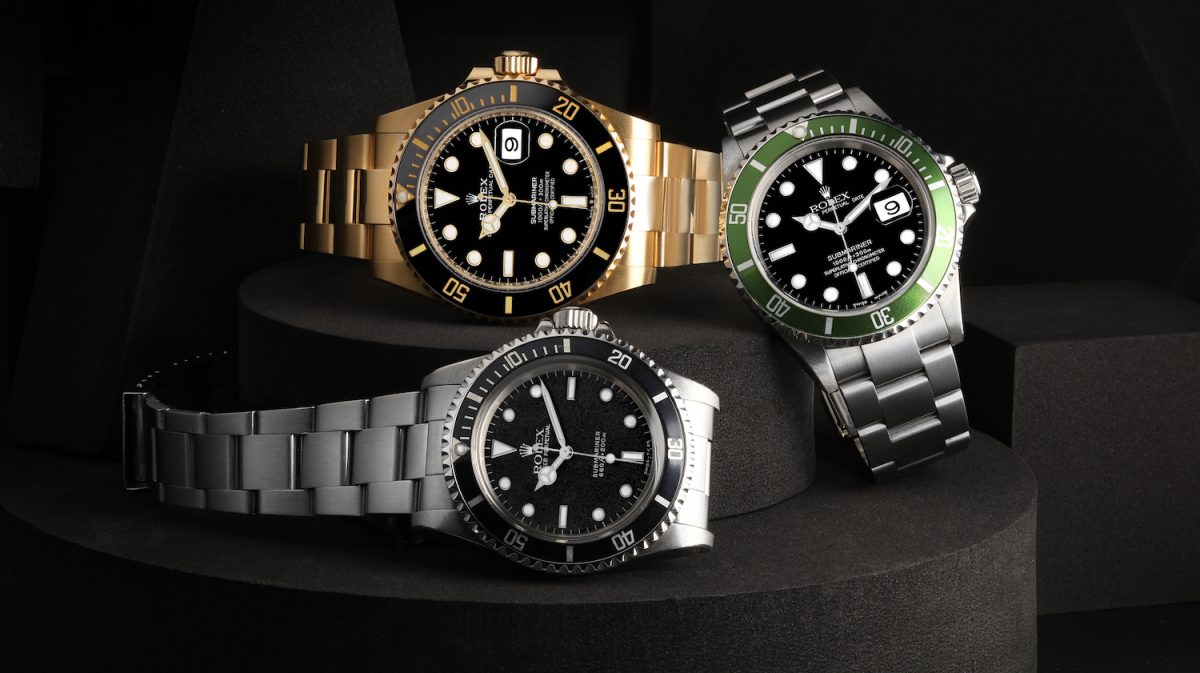
Submariner
The Rolex Submariner (introduced 1953) is an iconic and highly coveted dive watch which has set the standard for many watches in the genre. It features a durable and water-resistant Oyster case, typically made of stainless steel, and a unidirectional rotating bezel with a ceramic insert. The Submariner’s luminescent markers and hands ensure excellent legibility in low-light conditions. With its robust construction and reliable automatic movement, the Submariner is the go-to choice for diving enthusiasts and watch collectors alike.
<>
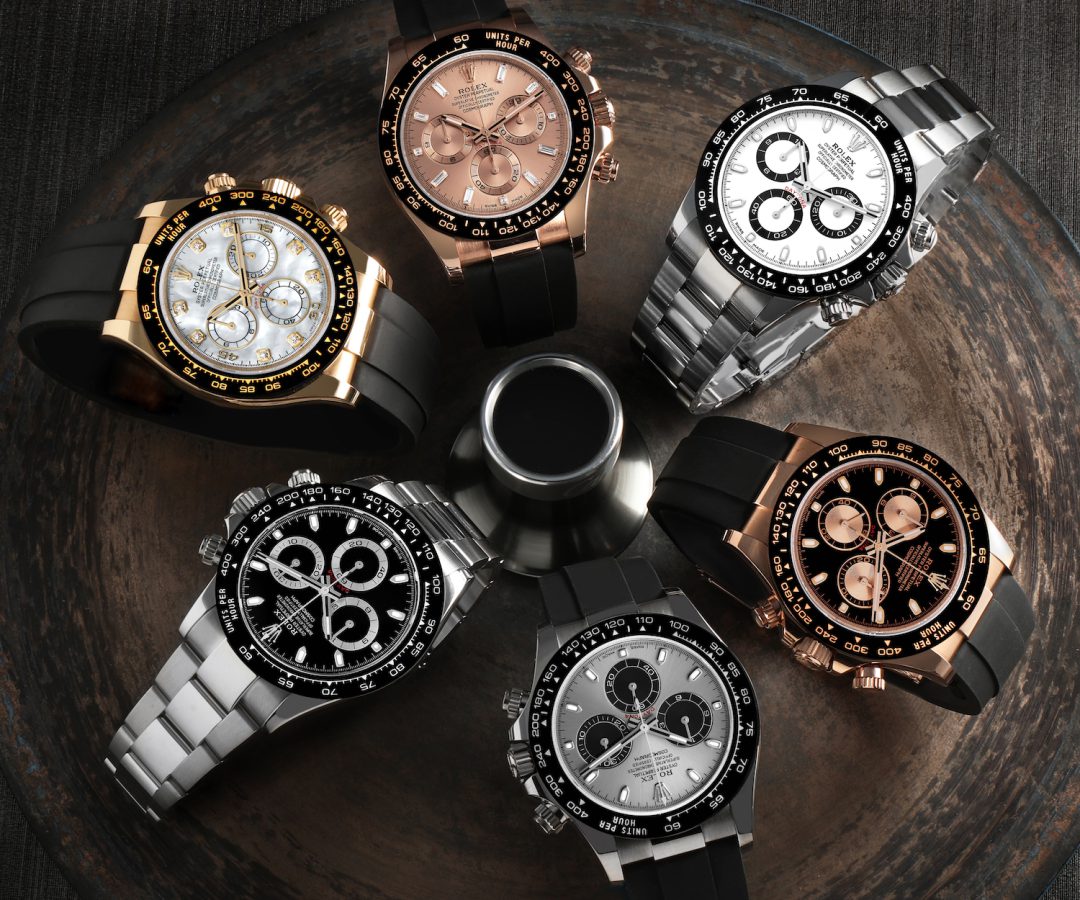
Daytona
The Rolex Daytona (introduced 1963) is a legendary chronograph watch that has become a symbol of speed and precision. Its tachymeter scale on the bezel allows the wearer to measure average speeds over a given distance. The Daytona features chronograph sub-dials for measuring elapsed time and a sleek, sporty design. Crafted in stainless steel, gold, a combination of both, as well as platinum, the Daytona exudes a sporty elegance and is highly sought after by motorsport enthusiasts and collectors.
<>

GMT-Master and GMT-Master II
The Rolex GMT-Master (introduced 1954 as GMT-Master, and in 1982 as GMT-Master II) is designed for frequent travelers, enabling them to track multiple time zones simultaneously. The watch features a 24-hour hand and a rotatable bezel with a 24-hour scale, allowing the wearer to read three time zones at a glance. Originally developed for pilots, the GMT-Master has a distinct two-tone bezel that has become one of its signature features. With its functionality and striking aesthetics, the GMT-Master is a favorite among globetrotters and those with a taste for adventure.
<>
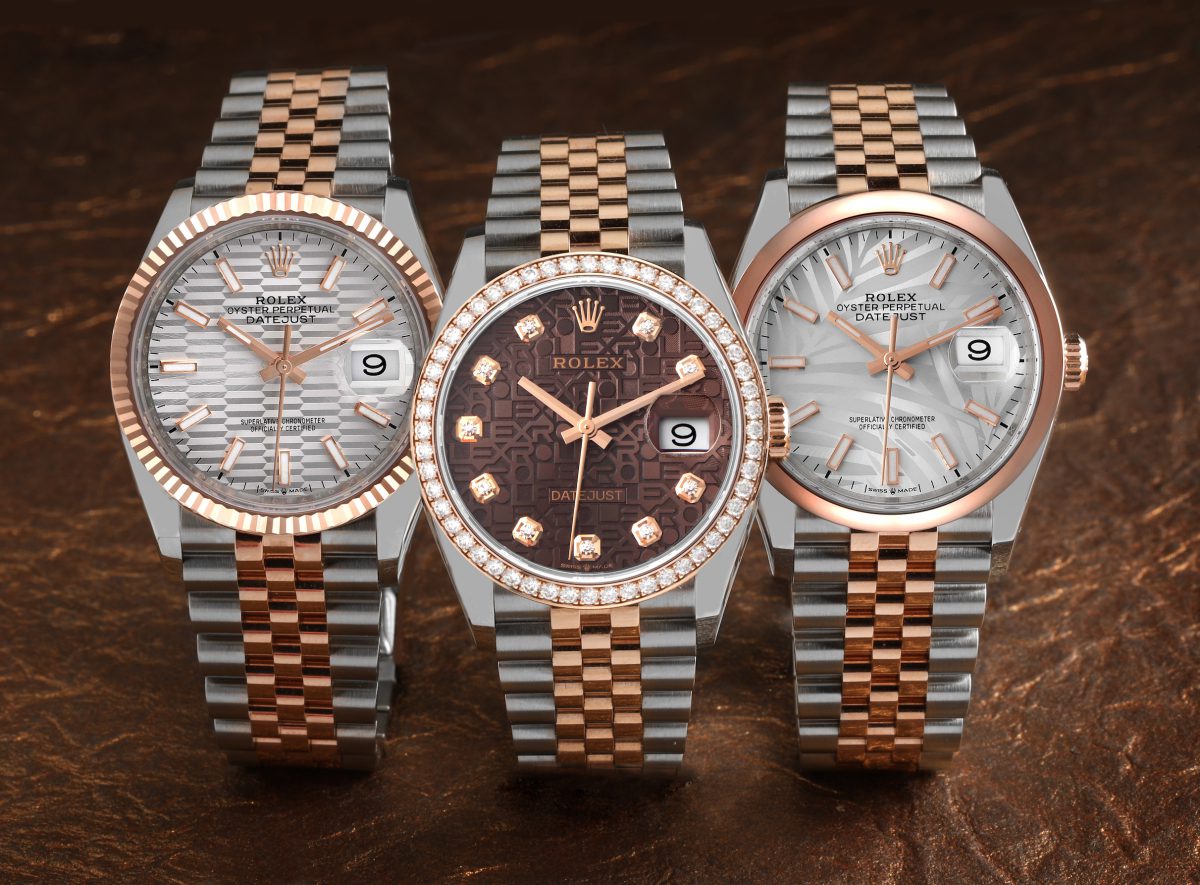
Datejust
The Rolex Datejust (introduced 1945) is a classic and versatile timepiece that embodies timeless elegance. It was the first watch to feature an automatically changing date window on the dial. The Datejust is available in various sizes and materials, including stainless steel, gold, and Rolesor (a combination of steel and gold). Its design features a distinctive Cyclops lens that magnifies the date for enhanced legibility. The Datejust caters to both men and women, making it a popular choice for everyday wear and formal occasions.
<>
Popular Omega Watches
Omega also offers a range of highly sought-after watches that cater to various preferences and lifestyles. Here are some of the popular Omega models:
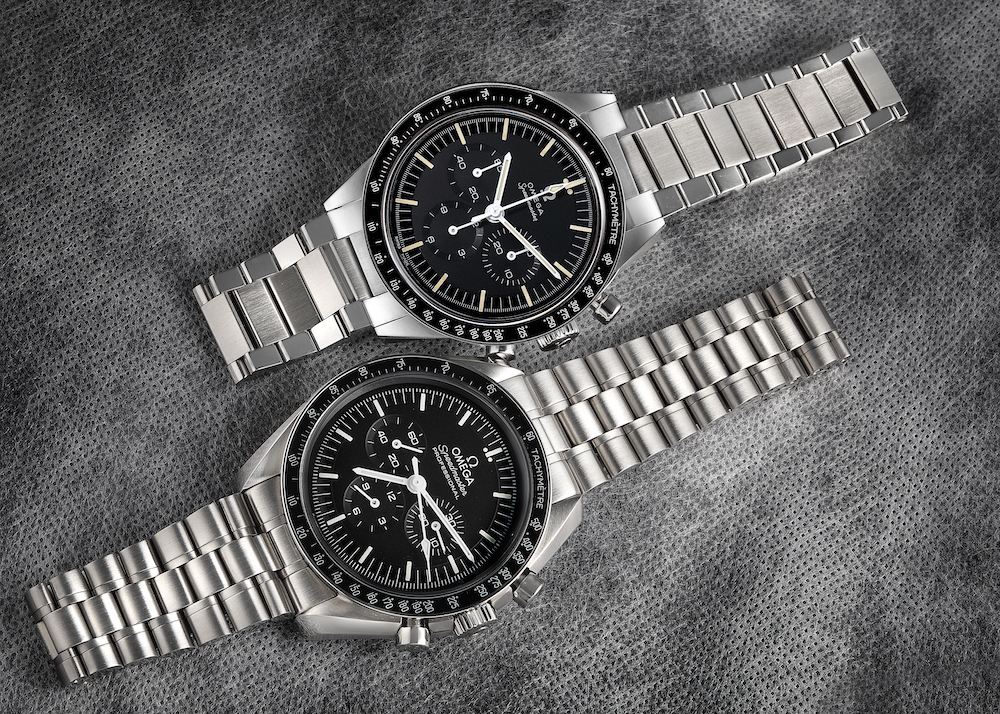
Speedmaster
The Omega Speedmaster (introduced 1957) is a legendary chronograph watch that has achieved an iconic status. It gained global recognition when it became the first watch worn on the moon during the Apollo 11 mission. The Speedmaster features a bold and sporty design with a tachymeter scale on the bezel. It has chronograph sub-dials for measuring elapsed time and a highly legible dial with luminescent markers. The Speedmaster is available in various versions, including the classic Moonwatch, as well as contemporary models with innovative materials and movements, such as the Racing and Dark Side of the Moon collections.
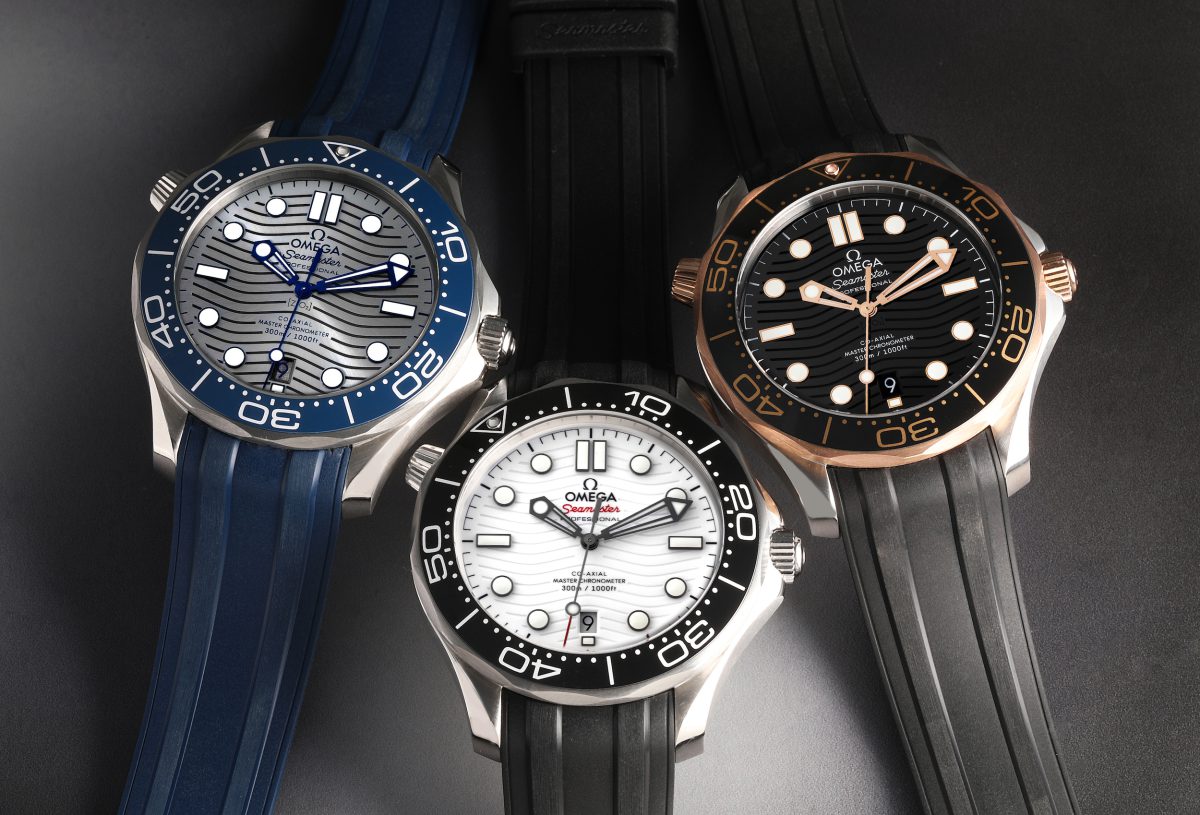
Seamaster
The Omega Seamaster collection (introduced 1948) encompasses a range of versatile and robust watches, suitable for both diving and everyday wear. The Seamaster Diver 300M is a popular choice, known for its sleek design, helium escape valve, and impressive water resistance. It features a unidirectional rotating bezel and luminescent hands and indexes for optimal readability. Another notable member of the Seamaster family is the Seamaster Planet Ocean, designed for professional divers with exceptional water resistance of 600M, a helium escape valve, and a bold, sporty aesthetic.
<>
Rolex vs Omega – Pros vs Cons
In choosing between Rolex vs Omega, it’s important to look at their strengths and drawbacks.
Pros of Choosing Rolex
Rolex watches come with a multitude of advantages that contribute to their esteemed reputation. Rolex is synonymous with exceptional quality and craftsmanship. The brand’s watches are meticulously crafted using high-quality materials, ensuring durability and longevity.
Rolex’s rigorous testing procedures and stringent quality control measures guarantee that each timepiece meets the brand’s high standards.
Rolex watches are renowned for their accuracy. The brand invests in advanced technology and innovative movements to deliver precise timekeeping. Moreover, Rolex offers a wide range of options to cater to different preferences and styles. Whether you’re looking for a classic, sporty, or luxurious timepiece, Rolex has a diverse selection to choose from.
Rolex watches tend to hold their value well over time. Due to their desirability and limited availability, certain Rolex models can appreciate in value, making them not only a symbol of luxury but also a potential investment. Read: Do Pre-Owned Rolex Watches Hold Their Value?
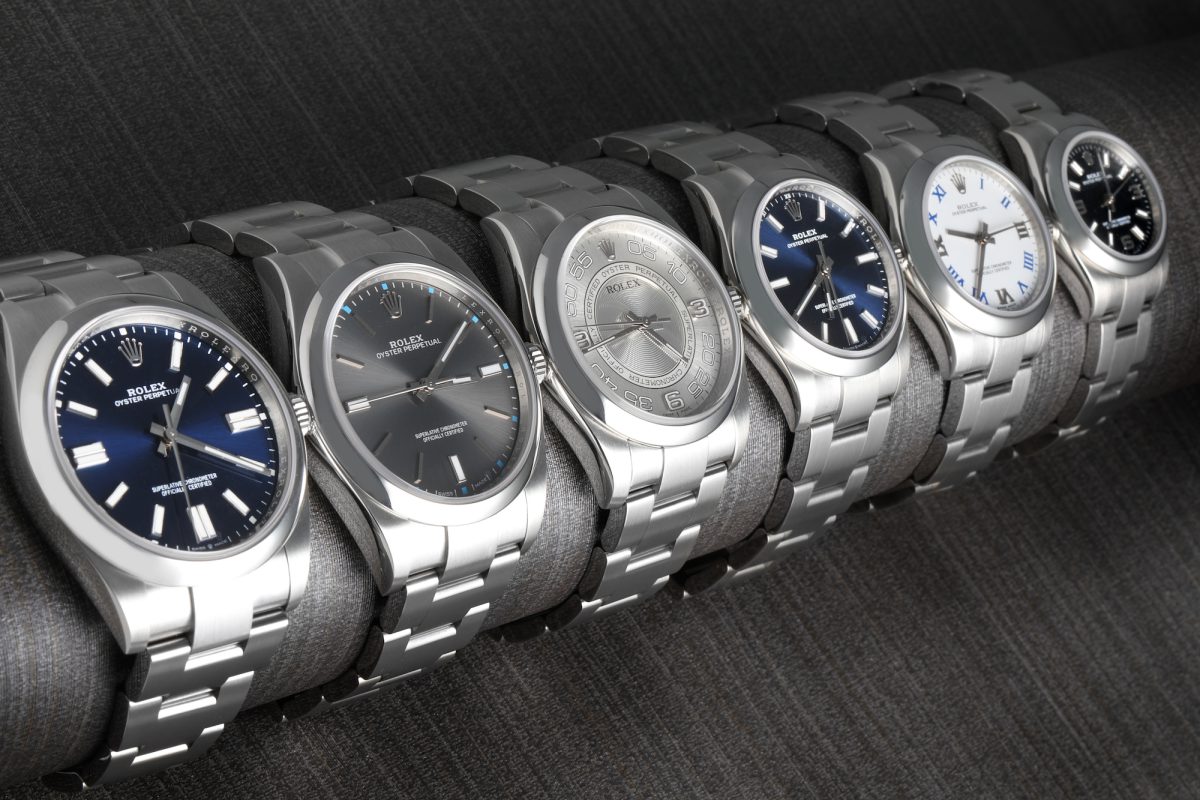
Cons of Choosing Rolex
While Rolex watches boast numerous advantages, there are a couple of considerations to keep in mind. One of the main drawbacks is the limited availability of certain Rolex models. The brand’s popularity leads to high demand, resulting in waiting lists and difficulties in acquiring specific models.
Rolex watches come with a higher price range. As luxury timepieces, they command a corresponding price tag, which may be a barrier for some buyers. The exclusivity and prestige associated with Rolex also contribute to their higher prices. However, it’s important to note that the craftsmanship, brand heritage, and investment potential associated with Rolex justify the premium pricing for many enthusiasts and collectors.
The Rolex Oyster Perpetual 36, considered the entry-level model of Rolex, retails for $6,100 as of 2023.
<>
Pros of Choosing Omega
Omega watches offer several notable advantages that contribute to their popularity and desirability. One of the significant advantages of Omega is its rich heritage and longstanding reputation as a prestigious watchmaker. With over a century of watchmaking expertise, Omega has built a solid foundation of quality, precision, and innovation.
The brand’s commitment to excellence is evident in the exceptional craftsmanship and attention to detail found in every Omega timepiece. Additionally, Omega is recognized for its high level of accuracy. The brand has a long history of achieving chronometer certifications, which attest to the watches’ exceptional timekeeping capabilities.
Whether you opt for a mechanical or quartz movement, Omega timepieces are known for their reliable and precise performance.
Another advantage of Omega is the wide range of styles and collections available. From the sporty and adventurous Seamaster series to the elegant and refined Constellation line, Omega offers a diverse selection of watches to suit various tastes and preferences. This variety allows individuals to find a timepiece that perfectly matches their personal style and lifestyle.
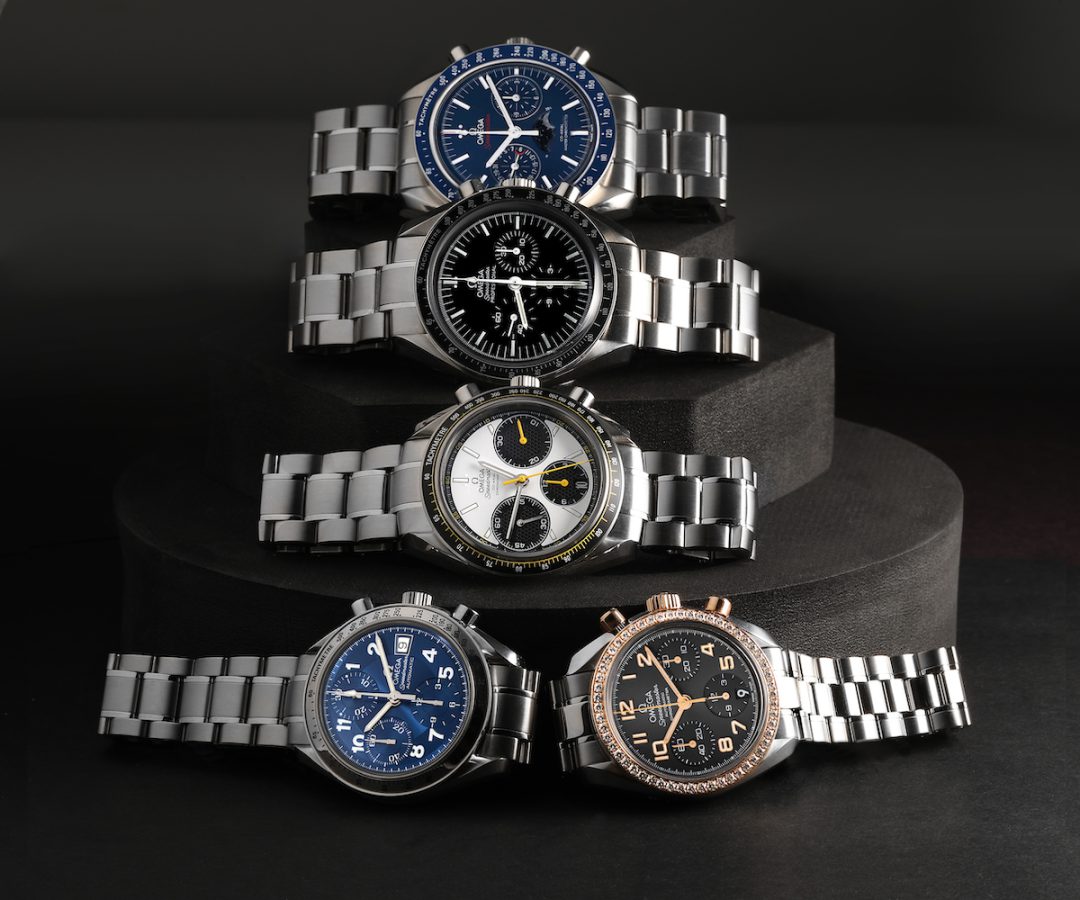
Cons of Choosing Omega
While Omega watches come with numerous advantages, there are a few aspects that some buyers may consider as drawbacks. One of the considerations is the pricing of Omega watches. As luxury timepieces with a rich heritage and exceptional quality, Omega watches are positioned at a higher price point. This premium pricing can make them less accessible to budget-conscious consumers. However, the prices are often lower than similar Rolex models.
The Seamaster 300M and Speedmaster MoonWatch, considered the essential models from Omega, retail for $5,600 and $7,600 respectively, as of 2023.
Another potential drawback is the resale value of Omega watches. While certain models, such as the iconic Speedmaster and Seamaster, hold their value well, the overall resale value of Omega watches may not be as strong compared to some Rolex models.
This is influenced by factors such as market demand, model popularity, and limited editions. However, it’s important to note that the intrinsic value, craftsmanship, and historical significance of Omega watches continue to make them highly sought after and collectible.
<>
Rolex vs Omega – The Details
Pricing
Rolex watches are known for their higher price points, often considered a testament to their luxury status and craftsmanship. The prices of Rolex watches can range from several thousand dollars to tens or even hundreds of thousands of dollars for certain models.
On the other hand, Omega watches generally have a more varied price range, with entry-level models starting at around a few thousand dollars and higher-end models reaching similar price points as Rolex.
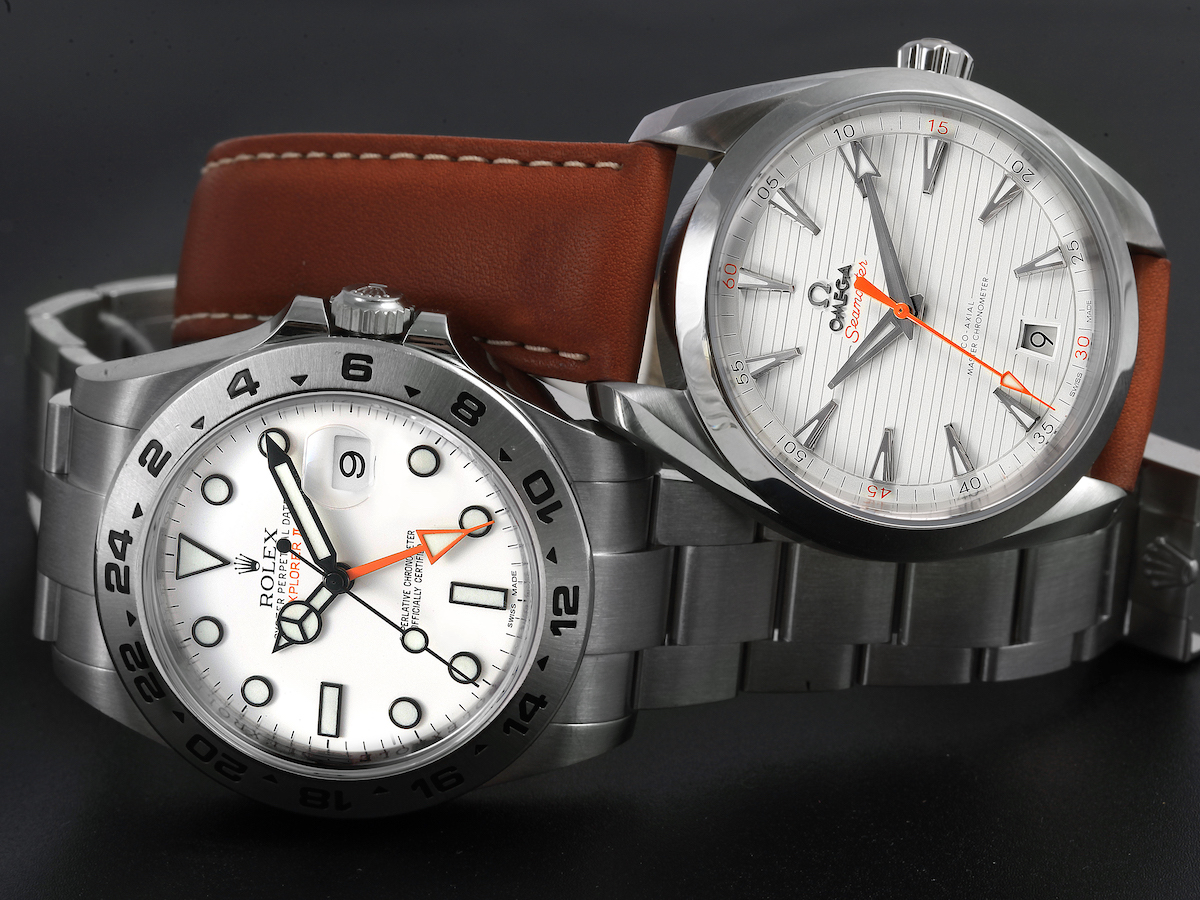
Style
Both Rolex and Omega offer a wide array of styles to suit different tastes. Rolex watches are typically associated with timeless elegance and classic designs. The brand is known for its conservative approach to design changes, resulting in watches that retain their appeal over time.
Omega, on the other hand, often incorporates more contemporary and innovative elements into their designs. The brand embraces both classic and modern aesthetics, providing options for those seeking a more avant-garde style.
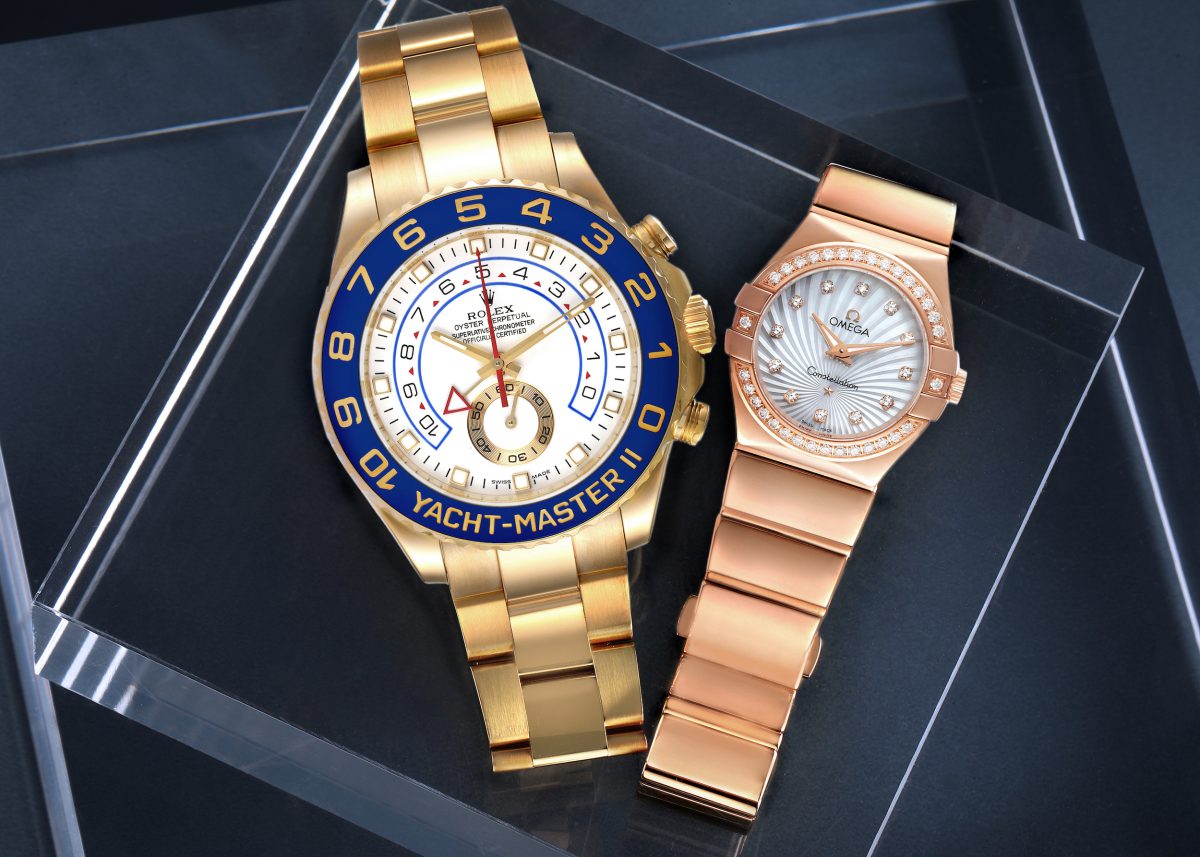
Quality
Both Rolex and Omega are committed to producing watches of exceptional quality. Rolex is known for its rigorous testing procedures and stringent quality control measures. The brand uses only the finest materials and conducts extensive in-house testing to ensure durability and accuracy.
Omega also upholds high standards of quality, with a focus on precision and innovation. The watches undergo rigorous testing, including being certified as chronometers by COSC (Contrôle Officiel Suisse des Chronomètres). As of 2015, Omega has also introduced Master Chronometer testing in their watches. Watches with a Master Chronometer certification have passed a series of eight tests conducted by METAS (Federal Institute of Metrology). It is currently the most advanced certification for watches.
Resale Value
Rolex watches are renowned for their strong resale value. Due to their desirability and limited availability, certain Rolex models can appreciate in value over time. However, it’s important to note that not all Rolex watches will appreciate or hold their value equally.
On the other hand, Omega watches generally do not appreciate as much as Rolex in the resale market, but they still retain good value compared to many other luxury watch brands.
<>
Rolex vs Omega – Final Thoughts
In the debate between Rolex vs Omega, both brands have established themselves as industry leaders with their rich histories, exceptional craftsmanship, and iconic timepieces. Choosing between Rolex vs Omega ultimately depends on personal preferences, budget, and the desired style and features of the watch.
Rolex offers a sense of exclusivity, timeless designs, and exceptional investment value, while Omega provides a wider range of options, innovative designs, and competitive pricing.
If you’re considering acquiring a Rolex or Omega watch, it’s worth exploring reputable sources like SwissWatchExpo. SwissWatchExpo is a trusted retailer with a vast selection of authentic, pre-owned luxury watches, from nearly 40 of the world’s best brands, including Rolex and Omega.
Both brands exemplify the pinnacle of watchmaking, and whichever timepiece you choose, it is sure to be a treasured companion that reflects your style and exemplifies the artistry of fine Swiss watchmaking.
<>


